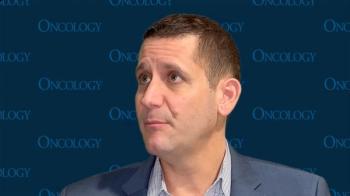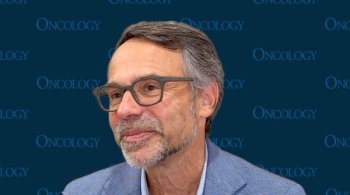
Amrita Y. Krishnan, MD, Reviews Teclistamab Efficacy Vs Real-World Controls in R/R Multiple Myeloma at 2022 ASCO
Amrita Y. Krishnan, MD, spoke about the use of teclistamab vs real-world data in patients with relapsed/refractory multiple myeloma.
At the
Transcript:
Teclistamab is a bispecific antibody targeting BCMA [B-cell maturation antigen] and CD3. It has shown very promising results in patients with advanced refractory myeloma with a median of 6 prior lines of therapy, and response rates have been between 60% to 70%.
Real-world data is challenging because the field moves so quickly. Even though we look at real-world data, that may not represent changes that we see over next couple of years. But right now, that’s the best control arm that we have. We used the Flatiron database to get a real-world comparative cohort. We adjusted for covariates that we thought were of prognostic significance, including refractory status, cytogenetic risks, ISS [International Staging System] stage, prior lines of therapy, age, and hemoglobin and then looked at the PFS.
We looked at 420 patients from the Flatiron database and compared them with our teclistamab-treated patients. We found that all comparisons favored teclistamab in regard to PFS, OS, and time to next treatment. The other interesting thing that we pointed out in our poster in terms of the salvage regimens that were used most commonly included the most potent drugs that we had available at that time, including pomalidomide [Pomalyst], carfilzomib [Kyprolis], and daratumumab [Darzalex]. There were patients with a relatively low percentage, only 2%, treated with selinexor [Xpovio], and 1.3% treated with belantamab [mafodotin-blmf; Blenrep]. We don’t see CAR T-cell therapy [in this group].
Reference
Krishnan AY, Nooka AK, Chari A, et al. Comparative effectiveness of teclistamab versus real-world treatments for patients with triple-class exposed (TCE), relapsed/refractory multiple myeloma (RRMM). J Clin Oncol. 2022;40(suppl 16):8036. doi: 10.1200/JCO.2022.40.16_suppl.8036
Newsletter
Stay up to date on recent advances in the multidisciplinary approach to cancer.
















































































